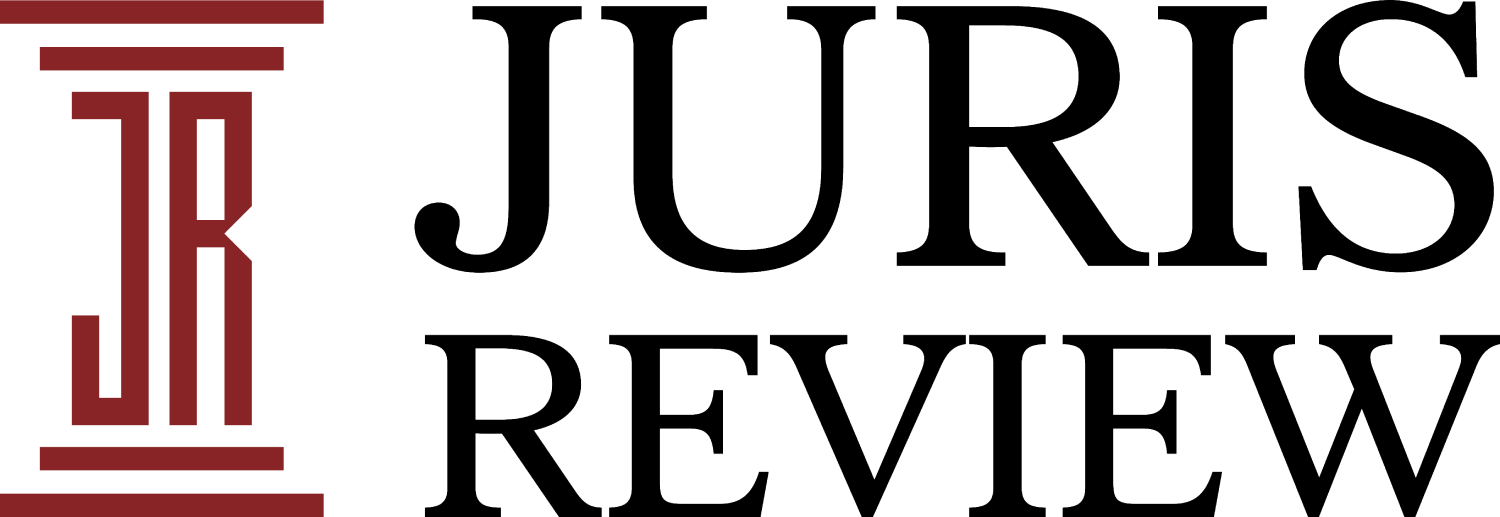Introduction to the 2025 Federal Circuit Decision
As we welcome the year 2025, a review of the first published decision by the Federal Circuit is timely and offers valuable insights, especially for those interested in patent litigation. This landmark case has established key precedents in patent law, particularly concerning the concept of obviousness, which is a critical factor in determining the validity of patents. This analysis will delve into the details surrounding the decision made by the U.S. Court of Appeals for the Federal Circuit (CAFC) and its broader implications for future patent litigation.
Background of the Patent in Question
The patent at the center of this decision is Patent No. 718, owned by 3G Licensing SA, a subsidiary of Sisvel, known for its work in patent monetization. The patent was acquired from LG Electronics in February 2020, and following this acquisition, 3G Licensing promptly filed a complaint in May 2020 against Honeywell and other licensees. The essential goal of the patent is to optimize the accuracy of information transmitted from cell phones to base stations, particularly regarding signal strength defined as the Channel Quality Indicator (CQI). This decision stems from the Patent Trial and Appeal Board’s (PTAB) ruling in 2022 that upheld the validity of the ‘718 patent.
Legal Challenges Surrounding Patent Validity
In response to the ‘718 patent’s validation, Honeywell and other licensees initiated an Inter Partes Review (IPR), asserting that the inventions claimed were not novel nor contain any inventive steps. They argued that the encoding scheme in the patent merely involved trivial modifications to prior art established by Koninklijke Philips NV. Specifically, they pointed out that the only difference in the claimed sequence was a flip-flopping of the last two bits, which they deemed an obvious change that anyone skilled in the field would recognize. The PTAB, however, disagreed and upheld the patent, allowing the case to proceed to the CAFC.
Key Issues Addressed in the Decision
The majority opinion of the CAFC focused on the legal interpretation of obviousness and the application of prior art. The court reviewed the PTAB’s findings and concluded that there had been multiple erroneous interpretations. It highlighted that a person skilled in the art would likely have had motivation to adjust the prior art presented by Philips to achieve the claimed inventions in the ‘718 patent. In particular, it cited the case of KSR International Co. v. Teleflex Inc. to affirm that the motivation to modify prior art does not necessarily need to match the patentee’s motivation, reiterating its stance on the flexible nature of patent examination.
Expert Testimony and Evidence Consideration
The decision also played a crucial role in assessing how expert testimony is evaluated in patent cases. The majority noted that the PTAB failed to consider substantial expert opinions suggesting that the modification of the last two bits in the encoding sequence not only added security but also improved the functionality of the system overall. The result was a significant critique of the PTAB’s methodology in applying the obviousness standard, suggesting that it had applied a more complex set of standards than warranted in this context.
Dissenting Opinion Insights
In contrast, Judge Stoll’s dissent stressed the importance of factual context within the patent’s validity analysis. She argued that the majority’s findings overstepped the appellate court’s traditional role, which should remain focused on factual determinations made by the PTAB. Stoll suggested that the appeal should have been remanded to the PTAB for further consideration, emphasizing that it is essential to respect the responsibilities and expertise of the original decision-makers in the patent validity process.
Conclusions and Implications for Patent Law
This decision epitomizes the ongoing discourse surrounding patent validity, particularly regarding obviousness. As the CAFC navigates complex legal waters, it carries the responsibility of interpreting patent laws while ensuring that the findings of the PTAB are respected and accurately assessed. The disagreements highlighted in this case underline the nuanced and often contentious nature of patent litigation, where technology and legal interpretation intersect. As we move forward in 2025, the implications of this ruling will likely influence future patent applications and litigation strategies in the field.
FAQs
- What is the significance of the Federal Circuit’s decision regarding Patent No. 718?
The decision highlights critical issues surrounding the standard of obviousness and the interpretation of prior art in relation to patent validity. - Why was Honeywell’s IPR against the ‘718 patent initiated?
Honeywell believed that the claimed encoding scheme was not inventive and represented only trivial modifications of existing technology. - What does the dissenting opinion by Judge Stoll indicate?
The dissenting opinion emphasizes the importance of knowing factual determinations made by the PTAB and critiques the majority for overstepping their role in such findings. - How does this decision affect future patent litigation?
This ruling sets a precedent for future cases regarding patent obviousness, particularly in how prior art motivaition is assessed. - What role does expert testimony play in patent cases?
Expert testimony can significantly influence the interpretation of a patent’s validity; however, its evaluation needs careful consideration to ensure fair analysis by the courts.

